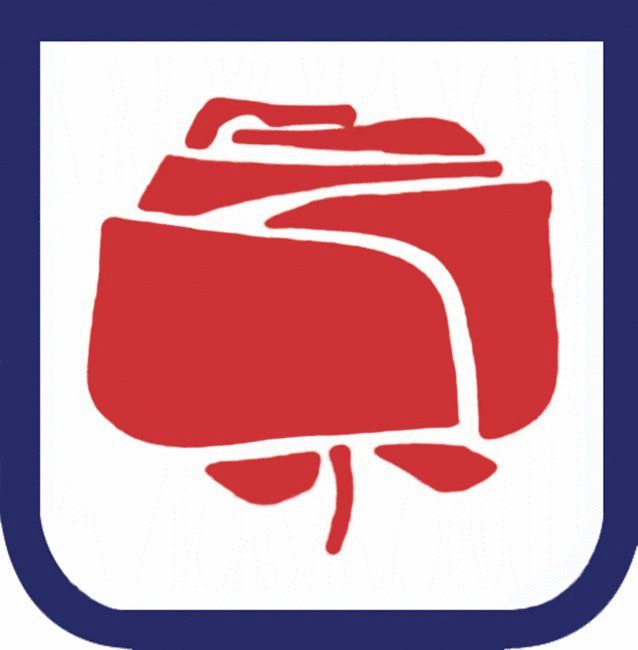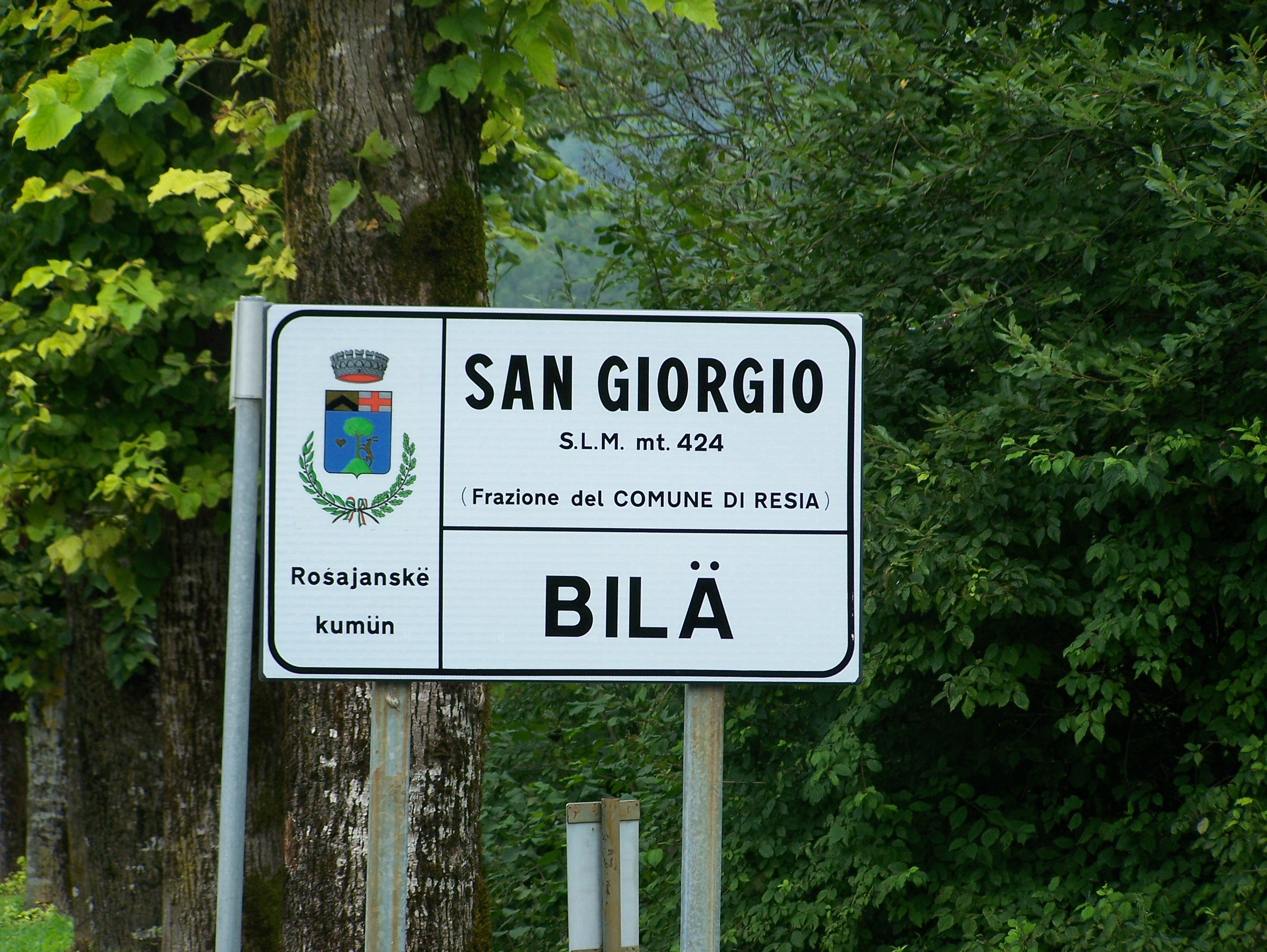|
Poče
Poče () is a settlement in the hills north of Cerkno in the traditional Littoral region of Slovenia. The name of the settlement is derived from the word ''poč'' 'well', which is preserved in the Resian dialect The Resian dialect or simply Resian (self-designation Standard , Bila , Osoanë , Solbica ; , ; ) is a distinct variety in the South Slavic continuum, generally considered a Slovene dialect spoken in the Resia Valley, Province of Udine, Italy, .... References External linksPoče on Geopedia Populated places in the Municipality of Cerkno {{Cerkno-geo-stub ... [...More Info...] [...Related Items...] OR: [Wikipedia] [Google] [Baidu] |
Municipality Of Cerkno
The Municipality of Cerkno () is a municipality in the Slovenian Littoral, Littoral region of Slovenia. The seat of the municipality is the town of Cerkno. The municipality has around 5,000 people. History Historically, the Cerkno Hills belonged to Tolmin County. In the 16th century, the area came under Habsburg rule, and was included in the County of Gorizia and Gradisca. After the end of World War I, the area was occupied by the Italian Army, and then officially annexed to Italy in 1920. Between 1920 and 1943, it was part of the administrative region known as the Julian March. After the Italian armistice in September 1943, Cerkno was liberated by the Yugoslav Partisans and the region became one of the most important centres of Resistance during World War II, Partisan resistance in the Slovenian Littoral. In 1945, the area came under Yugoslav military administration, and in 1947 it was officially annexed to the People's Republic of Slovenia within the Federal People's Republic of ... [...More Info...] [...Related Items...] OR: [Wikipedia] [Google] [Baidu] |
Flag Of Slovenia
The national flag of Slovenia () features three equal horizontal bands of white (top), blue, and red, with the coat of arms of Slovenia located in the upper hoist side of the flag centred in the white and blue bands. The coat of arms is a shield with the image of Mount Triglav, Slovenia's highest peak, in white against a blue background at the centre; beneath it are two wavy blue lines representing the Adriatic Sea and local rivers, and above it are three six-pointed golden stars arranged in an inverted triangle which are taken from the coat of arms of the Counts of Celje, the great Slovene dynastic house of the late 14th and early 15th centuries. The Slovenian flag's colours are considered to be Pan-Slavism, pan-Slavic, but they actually come from the Middle Ages, medieval coat of arms of the Holy Roman duchy of Carniola, consisting of 3 stars, a mountain, and three colours (red, blue, yellow), crescent. The existing Slovene tricolor, Slovene tricolour was raised for the first t ... [...More Info...] [...Related Items...] OR: [Wikipedia] [Google] [Baidu] |
Slovenia
Slovenia, officially the Republic of Slovenia, is a country in Central Europe. It borders Italy to the west, Austria to the north, Hungary to the northeast, Croatia to the south and southeast, and a short (46.6 km) coastline within the Adriatic Sea to the southwest, which is part of the Mediterranean Sea. Slovenia is mostly mountainous and forested, covers , and has a population of approximately 2.1 million people. Slovene language, Slovene is the official language. Slovenia has a predominantly temperate continental climate, with the exception of the Slovene Littoral and the Julian Alps. Ljubljana, the capital and List of cities and towns in Slovenia, largest city of Slovenia, is geographically situated near the centre of the country. Other larger urban centers are Maribor, Ptuj, Kranj, Celje, and Koper. Slovenia's territory has been part of many different states: the Byzantine Empire, the Carolingian Empire, the Holy Roman Empire, the Kingdom of Hungary, the Republic of Venice ... [...More Info...] [...Related Items...] OR: [Wikipedia] [Google] [Baidu] |
Slovenian Littoral
The Slovene Littoral, or simply Littoral (, ; ; ), is one of the traditional regions of Slovenia. The littoral in its name – for a coastal-adjacent area – recalls the former Austrian Littoral (''Avstrijsko Primorje''), the Habsburg possessions on the upper Adriatic coast, of which the Slovene Littoral was part. Today, the Littoral is often associated with the Slovenian ethnic territory that, in the first half of the 20th century, found itself in Italy to the west of the Rapallo Border, which separated a quarter of Slovenes from the rest of the nation, and was strongly influenced by Italian fascism. Geography The region forms the westernmost part of Slovenia, bordering the inter-municipal union of Giuliana in the region of Friuli-Venezia Giulia of Italy. It stretches from the Adriatic Sea in the south up to the Julian Alps in the north. The Slovene Littoral comprises two traditional provinces: Goriška and Slovene Istria. The Goriška region takes its name from th ... [...More Info...] [...Related Items...] OR: [Wikipedia] [Google] [Baidu] |
Statistical Regions Of Slovenia
The statistical regions of Slovenia are 12 administrative entities created in 2000 for legal and statistical purposes. Division By a decree in 2000, Slovenia has been divided into 12 statistical regions (Nomenclature of Territorial Units for Statistics, NUTS-3 level), which are grouped in two cohesion regions (NUTS-2 level). The statistical regions have been grouped into two cohesion regions are: *Eastern Slovenia (''Vzhodna Slovenija'' – SI01), which groups the Mura, Drava, Carinthia, Savinja, Central Sava, Lower Sava, Southeast Slovenia, and Littoral–Inner Carniola regions. *Western Slovenia (''Zahodna Slovenija'' – SI02), which groups the Central Slovenia, Upper Carniola, Gorizia, and Coastal–Karst regions. Sources Slovenian regions in figures 2014 See also *List of Slovenian regions by Human Development Index *Municipalities of Slovenia *Traditional regions of Slovenia References External links Regions Stat.si (accessed 15 December 2020). Map of st ... [...More Info...] [...Related Items...] OR: [Wikipedia] [Google] [Baidu] |
Gorizia Statistical Region
The Gorizia Statistical Region () is a statistical region in western Slovenia, along the border with Italy. It is named after the Italian town of Gorizia (the feminine adjective ''goriška'' comes from the Slovenian name for Gorizia: ''Gorica''). The Julian Alps, the Soča River, and the Vipava Valley are the most prominent natural features of this region. It contributed just over 5% to total national GDP in 2012, but in terms of GDP per capita it ranked fourth in the country. In the same year, disposable income per capita in the region the highest, in second place behind the Central Slovenia Statistical Region. Housing stock estimates indicate that at the end of 2013 the region had the highest share of dwellings with three or more rooms (around 70%). The share of single-room dwellings was less than 10%. Dwellings here are larger than the Slovenian average, with 37 m2 of usable floor space per person on average. The number of cars per 1,000 population is also the highest in Slov ... [...More Info...] [...Related Items...] OR: [Wikipedia] [Google] [Baidu] |
Municipalities Of Slovenia
Slovenia is divided into 212 municipalities (Slovene language, Slovene: ''občine'', singular''občina''), of which 12 have urban (metropolitan) status. Municipalities are further divided into local communities and districts. Slovenia has the largest number of first-level administrative divisions of any country. The municipalities vary considerably in size and population, from the capital Ljubljana with more than 280,000 inhabitants to Hodoš with fewer than 400. Urban status is not granted strictly on the basis of population; the smallest urban municipality, Urban Municipality of Slovenj Gradec, Slovenj Gradec, has less than half as many inhabitants as the most populous non-urban municipality, Municipality of Domžale, Domžale. Slovene language, Slovene is the official language in all municipalities. Hungarian language, Hungarian is the second official language of three municipalities in Prekmurje: Dobrovnik/Dobronak, Hodoš/Hodos, and Lendava/Lendva. Italian language, Italian ... [...More Info...] [...Related Items...] OR: [Wikipedia] [Google] [Baidu] |
Cerkno
Cerkno (; ; ) is a small town in the Littoral region of Slovenia. It has around 2,000 inhabitants and is the administrative centre of the Cerkno Hills. It is the seat of the Municipality of Cerkno. Cerkno is a small but important local cultural center in the traditional Littoral region near Idrija. It is known for the '' Laufarija'' carnival, a spring festival with carved wooden masks; for Franja Partisan Hospital (''Partizanska bolnica Franja''); for a Partisan hospital from World War II; and as a ski resort. Name Cerkno was attested in written records in 1257 as ''Curchinitz'' (and as ''Chyrchayn'' in 1299, ''Circhinç'' in 1337, and ''Circhiniz'' in 1486). The modern Slovene name is an ellipsis of ''*Cerьkъvьno (selo/polje)''; literally, 'church (village/field)'. The medieval attestations of the name indicate that the settlement was also once called ''Cerknica''. The name indicates that the place was formerly a church property. History Historically, the Cerkno Hills The ... [...More Info...] [...Related Items...] OR: [Wikipedia] [Google] [Baidu] |
Resian Dialect
The Resian dialect or simply Resian (self-designation Standard , Bila , Osoanë , Solbica ; , ; ) is a distinct variety in the South Slavic continuum, generally considered a Slovene dialect spoken in the Resia Valley, Province of Udine, Italy, close to the border with Slovenia. Together with the Rosen Valley dialect and Ebriach dialect in Carinthia, it is one of the three dialects of Slovene spoken entirely outside the borders of Slovenia. It is unequivocally one of the most distinct and difficult dialects to understand for speakers of central Slovene dialects, especially because most Resians are not familiar with standard Slovene. Its distinguishing characteristic is centralized, breathy vowels. It borders the Slovene Torre Valley dialect to the south and the Soča dialect to the east, both separated by tall mountain ranges. On the other sides, it mostly borders Friulian, but also Bavarian to the north. It belongs to the Littoral dialect group, although it shows few s ... [...More Info...] [...Related Items...] OR: [Wikipedia] [Google] [Baidu] |



